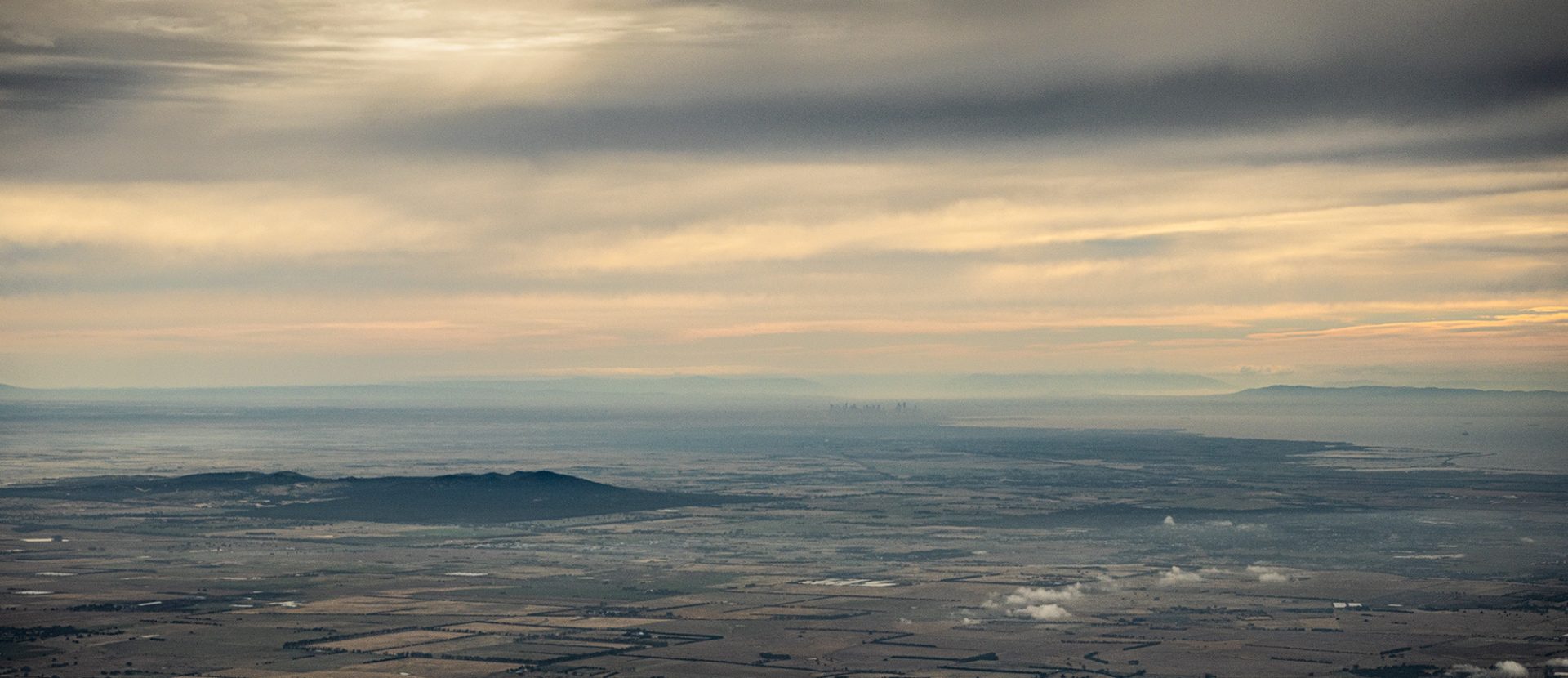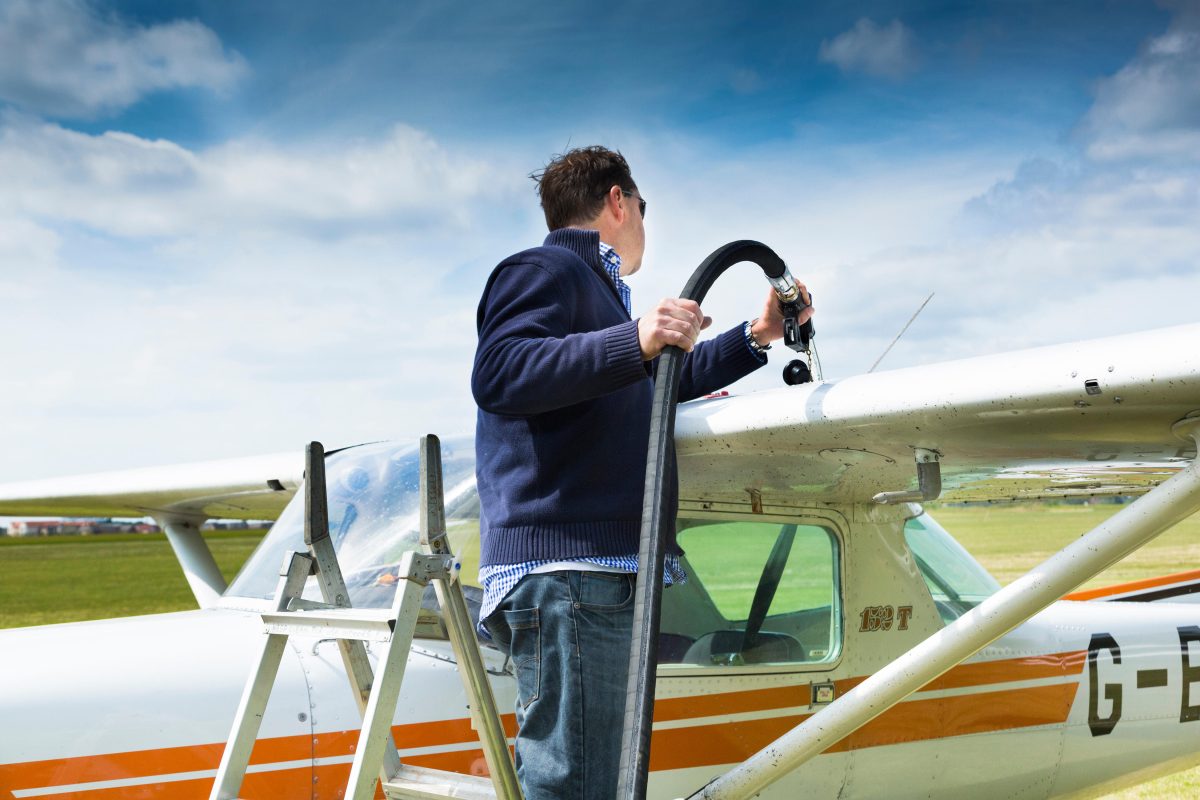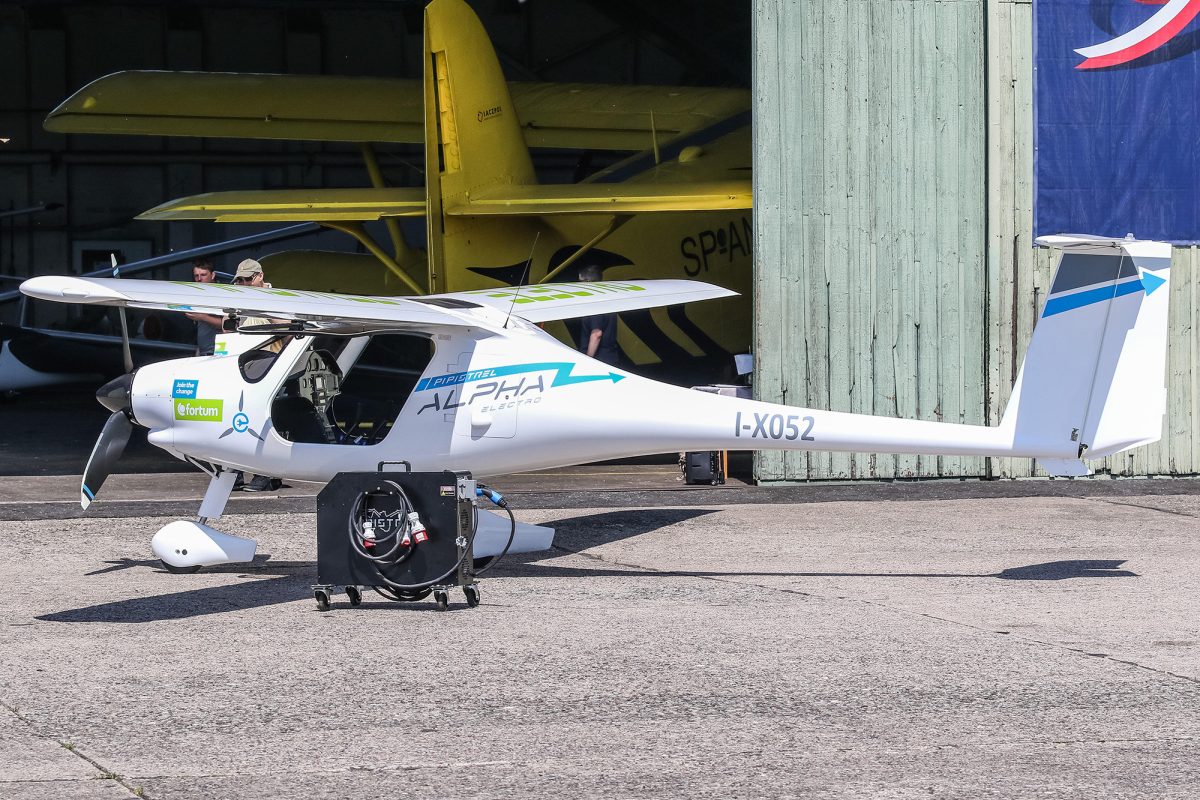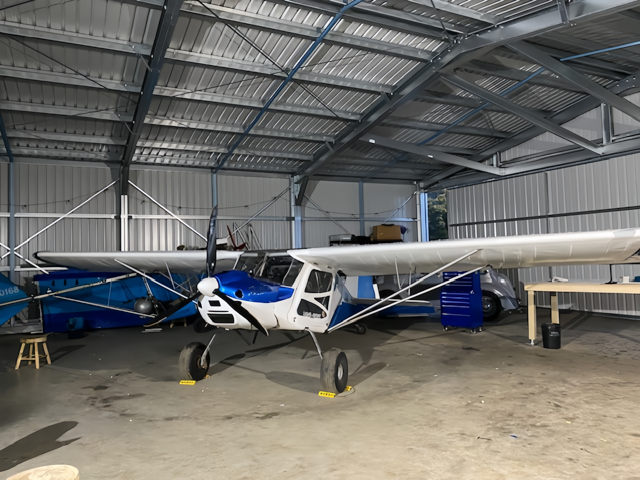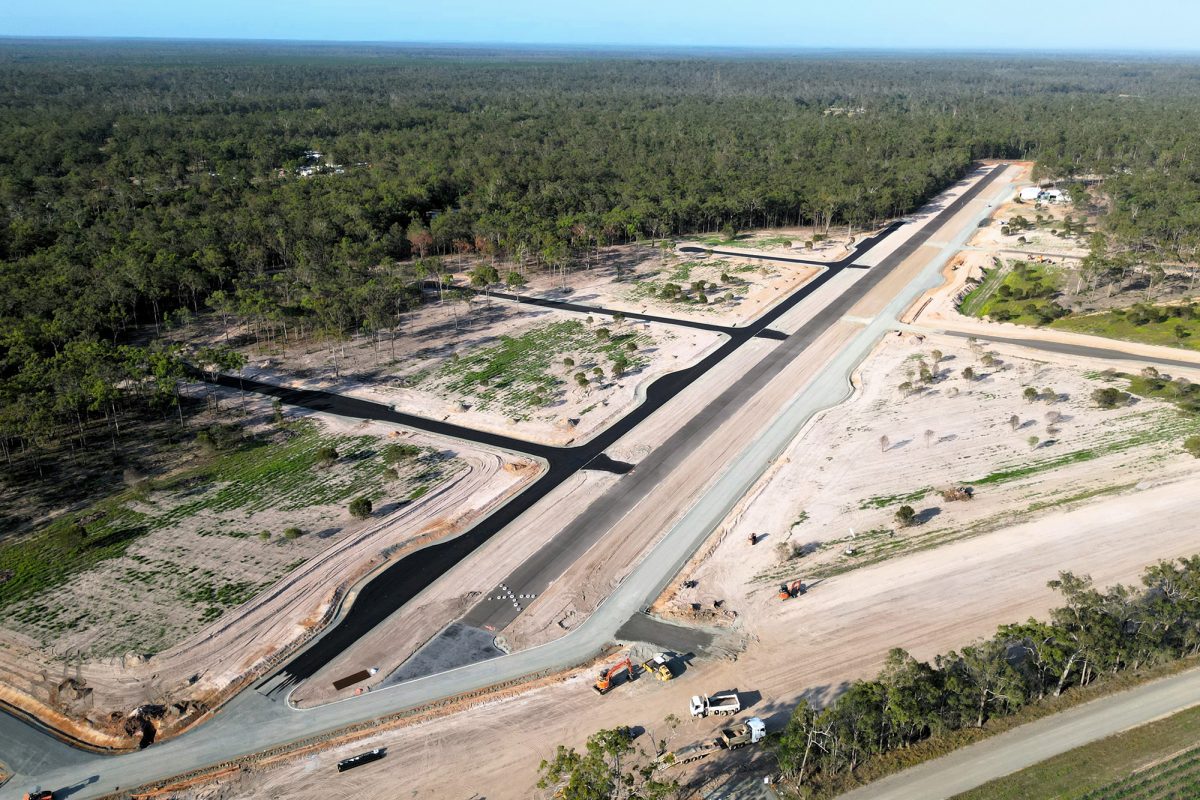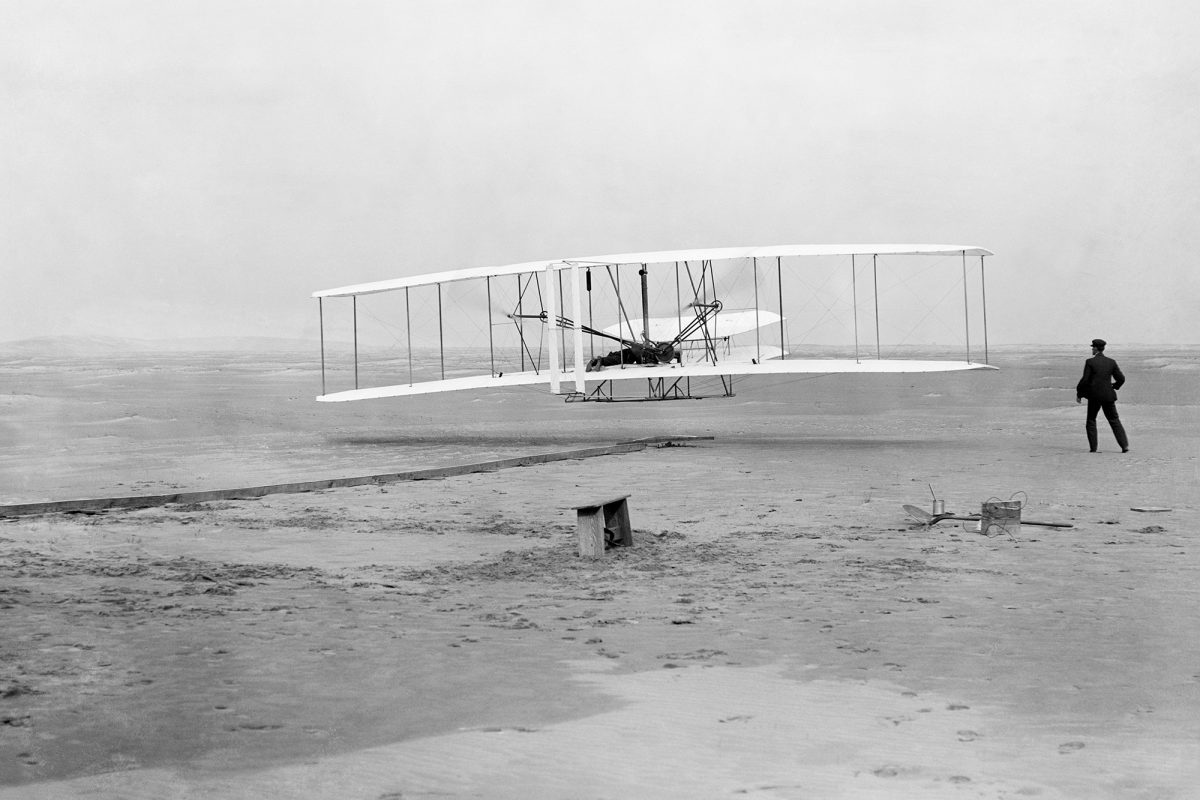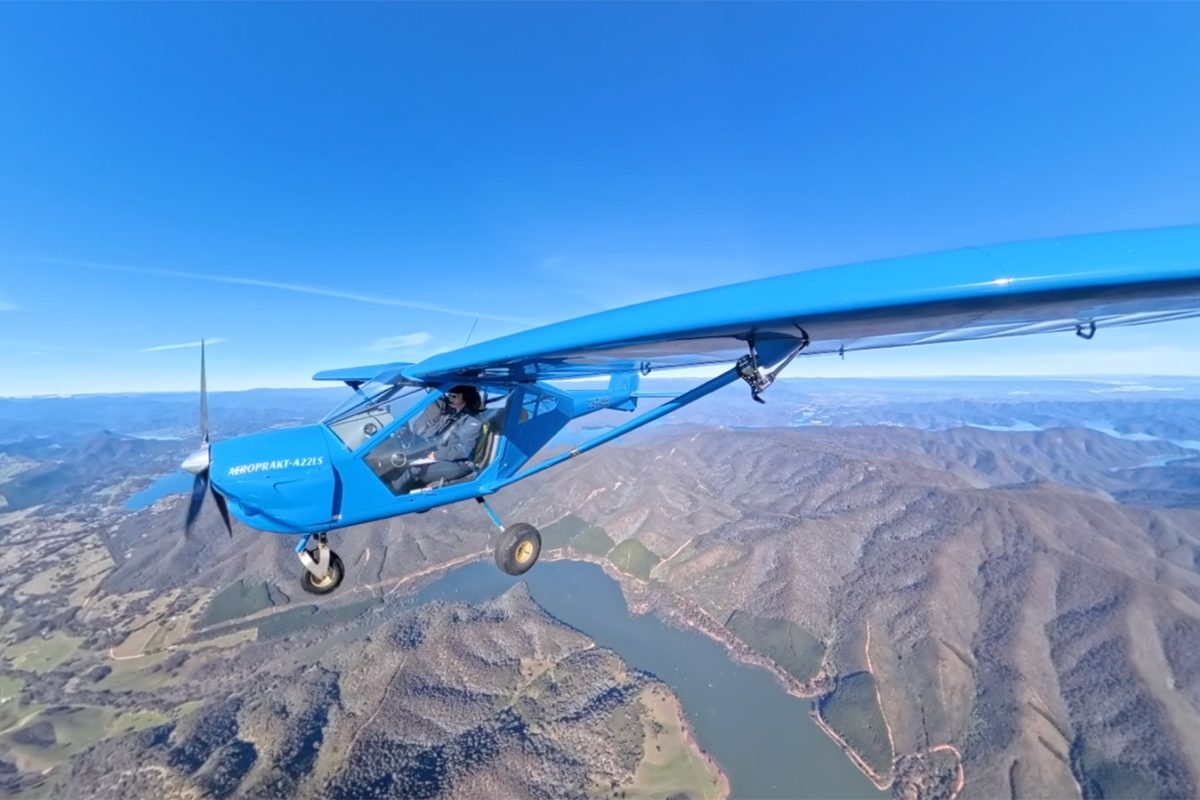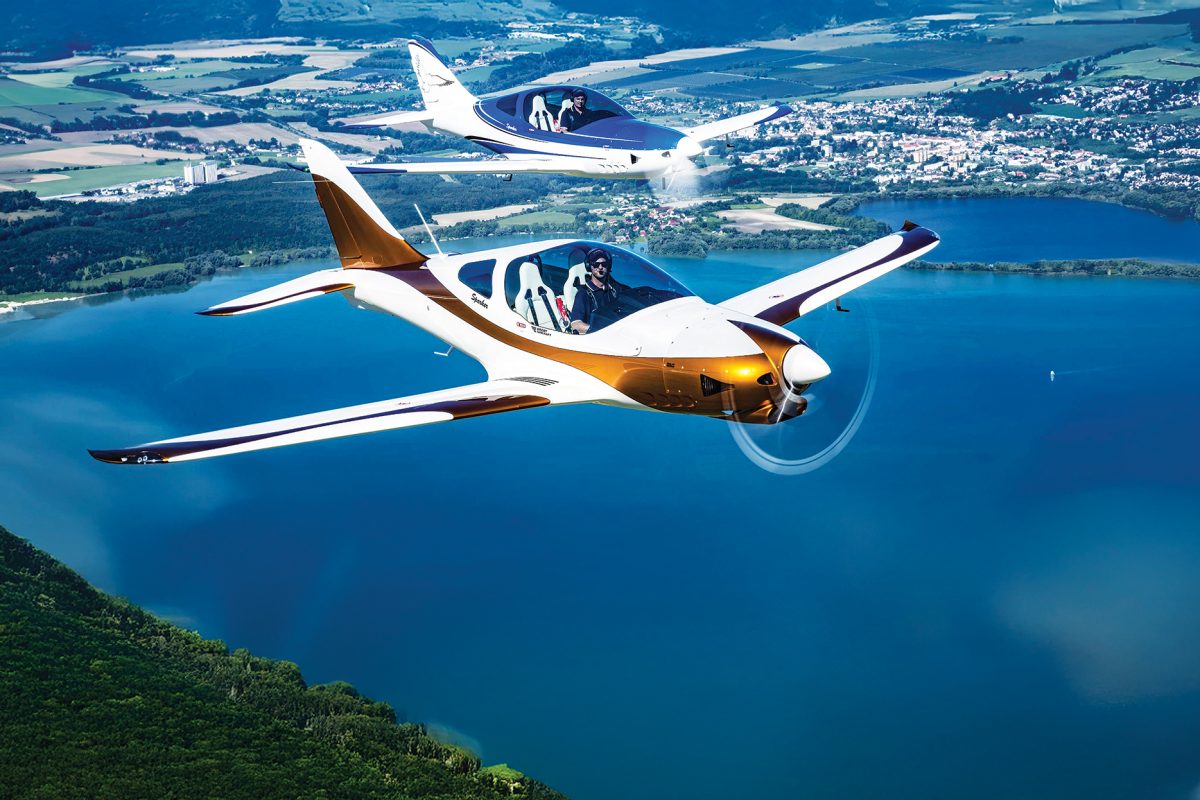FLYING AB INITIO WITH MICK SOWRY
As a non-pilot, the idea of writing about a first experience in a light aircraft was impelling. With the flight some weeks out, however, it also gave me a little too much time to think. I did have preconceptions of sensation and the flight process, but come the day the experience was as expected, and in so many ways not.
We’re all used to flying in an air travel sense. Check in, security, the waiting lounge and boarding. The vague sense of the aircraft outside the windows of the airport but not really taking a lot of notice. A tense routine. I’m ok with air travel, mostly. In the past, other things like family life made the prospect of anything bad happening a recipe for anxiety. Not so much now that the nest is empty, with the ‘what if’ factor falling far into the background.
I had been up in a very small helicopter a couple of decades back for an advertising shoot near Alice Springs. I think it was a Bell 47, with the view from the cockpit close to a 360-degree panorama of land and sky. This effect was pivotal to the antics of our pilot, an ex-Vietnam jock with a death wish. He’d taken us up the shallow side of Mt Undoolya at about 2 metres, only to tip the bubble over the northern face, and dive at the rocks 100 metres below. Terror had another name, and its name was Adrian, my boss, sitting next to me and coming as close to soiling himself as any man I’ve seen from that day to now. Sighting the bubble canopy of the Vans RV6A produced a similar tightening in my nether regions as my first thought was, ‘If my pilot attempts to go upside down, it ain’t going to be pretty…’.
This time, however, process was the saviour of my misgivings. My pilot was Ed Jones, a young Ad Exec and friend of SportPilot’s editor Nick Heath. In fact, this was Nick’s own plane. The way Ed went about the external check, a check that very clearly showed prior experience of this particular piece of machinery, was reassuring. Every little rivet and hinge was examined, engineer-drilled cracks double checked, new faults or damage looked for – and happily not found.
I watched myself questioning whether I would be so diligent – my in-built, default attitude of ‘she’ll be right’ reflected by the number of car engines I’ve murdered in my life when forgetting to top up the oil, and whether I could ever feel safe in an aircraft I was in charge of. My eyes were opened even wider to the need for procedure in safe flying, to check and double check, leaving nothing to chance.
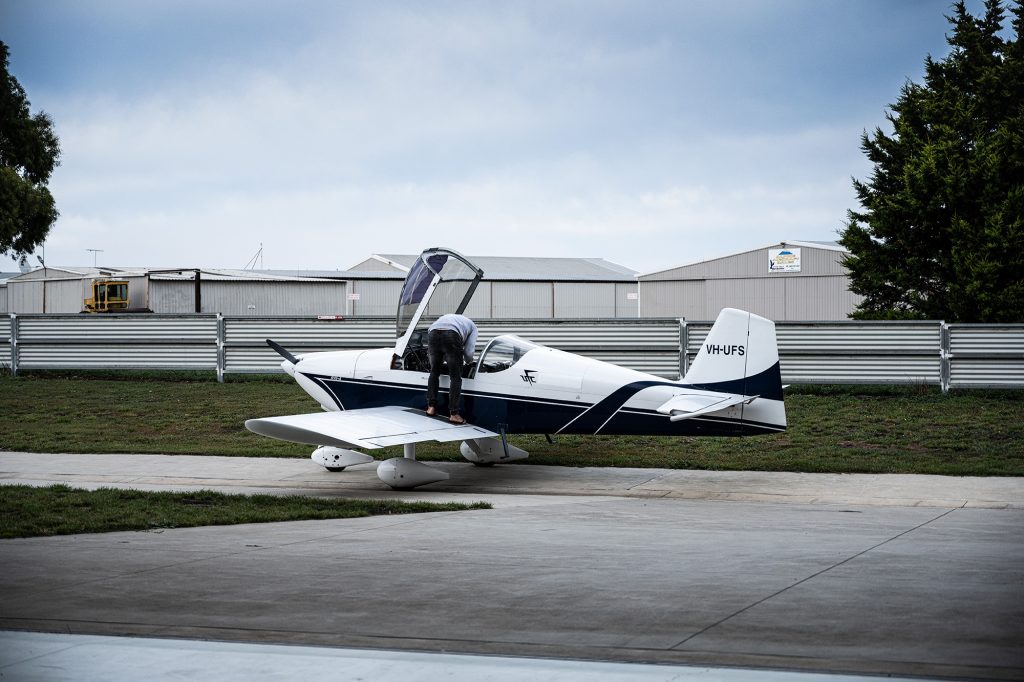
This was echoed once in the very tight cockpit, where the cliched array of dials – of course there’s lots of dials, it’s a plane – had me naturally wondering, ‘How the hell do you read that lot in an emergency?’. Surely there must be a way to have a great big screen with a sign saying, ‘EVERYTHING IS ALRIGHT’.
Manoeuvring out of the hangar was so easy. Light aircraft are flimsy. I think we are so used to the solidity of land transport, but the comparative frailty of a modern aircraft comes as a shock. Clearly, they are not built to survive collisions, or cushion impacts. All the structural strength is engineered to be where it matters, and to stay as light and efficient everywhere else. It amplifies how important weight and adhering to load capacity is for safe flight. Further checks before taxiing, several attempts to start the engine with choke and fuel mix corrections, not having the starter motor under load for more than 10 seconds, then finally a cough and splutter before it roared to life and we made our way smoothly to the runway.
Just prior to take off, Ed signalled his intent on the radio, hit the gas and at an absurdly low take-off speed we were airborne. From there the smooth climb up and off for a short cruise east towards the Mornington Peninsula, before a U-turn to the west as far as Aireys Inlet, then home. Once at cruising altitude, I felt the control stick softly as Ed went though some gentle turns, my feet feeling the pedals as well, and I was stunned by the sensitivity. I’m not sure what I expected but it threw me. The coordination of hands and feet, working in a three-dimensional space while maintaining control and airspeed was one of those moments of complete unfamiliarity, like riding a bike for the first time. Ed demonstrated what happens when you bank to about 60 degrees while turning and diving slightly. I almost instantly felt a marked head rush, nearly lost my coffee, and realized it was because it was so unexpected. When he repeated it, I was ready. It became another experience entirely, something I could happily get used to.
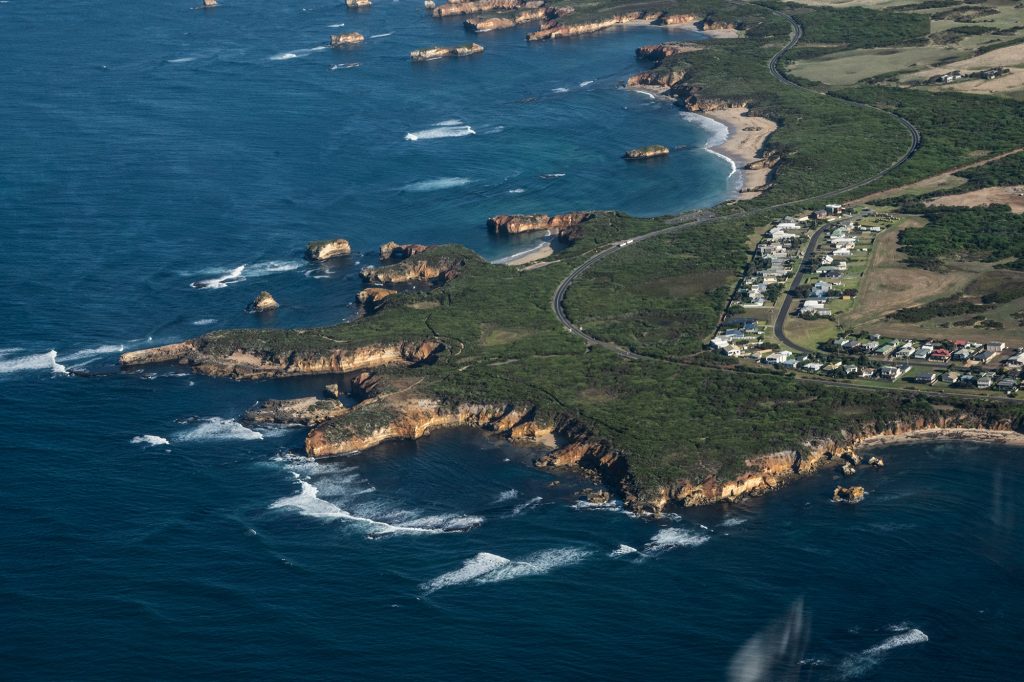
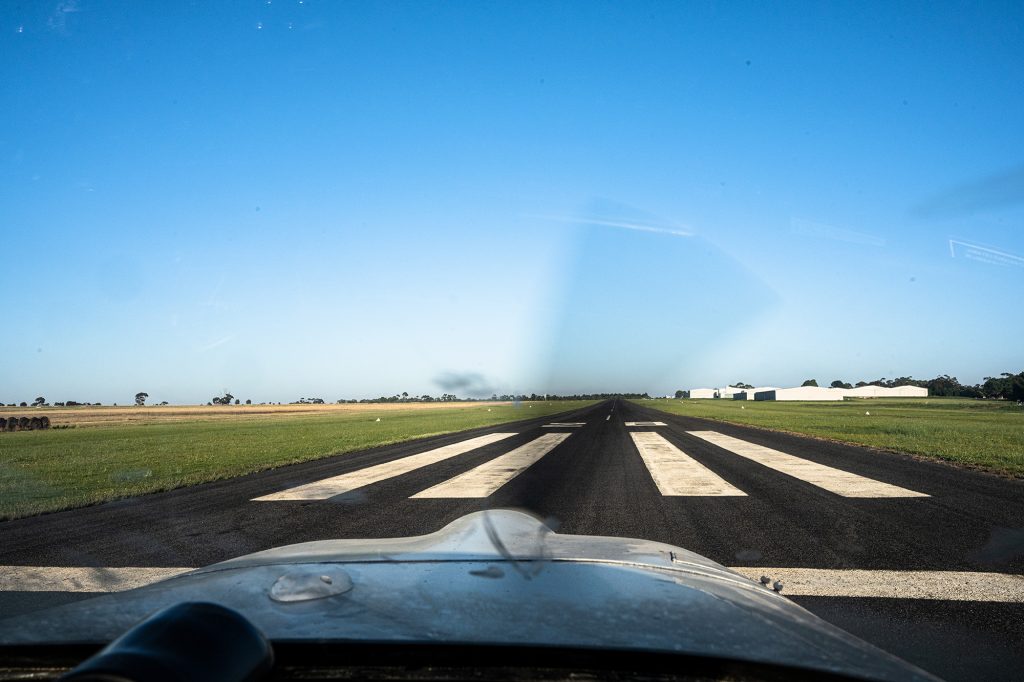
Returning my attention to the array of instrumentation in front of me had me reflecting on the evolution of flying from the first controlled glider flights of the Wright Brothers, through the Wars, including the Cold One, and on to today. All provoked advances in aeronautics, but the modern light aircraft seems to still have an, albeit distilled, element of the early days. You can feel the aircraft in a visceral way, through the seat of your pants if you like, and different flying styles can be accommodated. There will be times when you need the instrumentation, when roll, pitch, yaw and altitude can only be perceived with any accuracy through the dash in front of you. But the joy, I think, must come when you are just in those moments of pure instinct, when it is all feel and experience. A wisdom of the air.
Of course, over time taking in the instrumentation would move from a confused scan to a knowing read, an absorption, in a broad sense, of the anomalies, instantly. It must become a seamless experience. You, as sport pilots, would get that. I can only surmise.
One control puzzled me, as it was between our seats. Ed reached to adjust the trim occasionally and while I knew what trim meant technically, having some boat and surfing experience, to see it as a separate semilockable control had me intrigued. I had to look it up and realised it, in the simplest terms, made it all a bit easier as you had less to think about once trim was set. Or something like that.
We are so used to local journeys by car, time compressed for sure compared to even motoring speeds, but once in the air, and seeing the horizon receding with altitude, thinking of all the other lives out there, with all their complexity and fragility amplified by scale. We are all bacterially small compared to the immensity we see from up high. It is almost overwhelming. Observing a couple of hundred miles in a quick scan of the horizon provokes some very quiet moments. It would also be easy to grow accustomed to the intimate but otherworldly view of familiar places.
Being able to get a completely different perspective on a coastline I’ve explored for my entire life, cliffs and bays, seeing erosion and slumping landscapes, an aerial aspect filling in so many gaps on what you thought you knew like the back of your hand.
Heading back for a landing my last great surprise was the secret life of clouds. That pilots, up to a certain level of experience, had to be at pains to avoid even the slightest cotton bud of vapour, because they might, and often do, signify turbulence – well, I didn’t know that. I came to understand that avoiding clouds is good thing. My daydream of flying between canyons of clouds found fertile soil in this realisation. I’d instinctively been drawn towards the right thing to do. As for our landing approach, a couple of long loops of the field to line it all up and then we were in for a butter-soft touchdown and roll to our hangar. Landing was far easier than I thought, not that I did it. Perhaps it was just that Ed was great, but there was an inevitability to it. Like planes were designed to do it. Which, on reflection, they are.
Before I knew it, I was back in the car and on the road, perhaps 10 minutes from flying at 1,000 ft to driving in light traffic and wondering when I might get the next chance to shift into another dimension. I nearly have the bug, but me, a pilot? A bit like me and my only motorbike, which I cartwheeled on my first day. I’d have to be very, very…careful.
